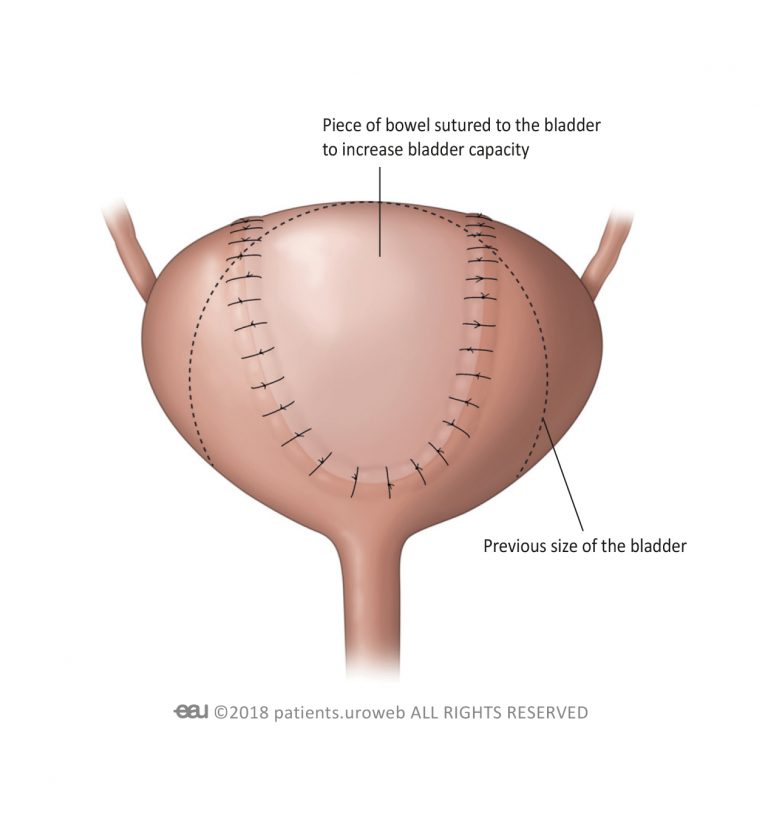
Urinary System Incontinence After Giving Birth Therapy Gyn Women's Centre
Postpartum Recovery: Solution To The Typical Concerns Asked By New Moms Parenting helplines, your GP or your maternal and youngster health and wellness nurse can aid if you have concerns regarding your infant or your own wellness during the first few days in the house. It can be an obstacle to nurse in the very early days as you and your child both get used to something brand-new. Your infant might seem unsettled on day two or three while your colostrum adjustments to mature milk. It is typical for a newborn to feed every 2 hours, which will suggest interfered with evenings, despite having assistance https://us-east-1.linodeobjects.com/075ixjw8vbirserw/Urology-care/bladder-control/urinary-system-incontinence-bladder-incontinence-american-cancer.html from registered nurses at hospital.Can Anything Be Done To Stop Incontinence That Arises From Giving Birth?
- From the What to Anticipate editorial group and Heidi Murkoff, author of What to Anticipate When You're Anticipating.
- You can have a shot to quicken the shipment of the placenta.
- If you have had a caesarean section, you will possibly have a long time with your infant before you are required to the recuperation room.
What Can I Do To Avoid Bladder Problems After Birth?
That's due to the fact that breastfeeding triggers the launch of the hormone oxytocin. Various other risk variables consist of delivering a huge child, an extended pushing stage, pre-pregnancy excessive weight and too much weight gain while pregnant. Lowered pelvic floor muscular tissue stamina because of the extending of muscles throughout distribution can contribute to the issue as well.The amount of times a day should I pee postpartum?
a UTI generally finish. The bladder is a master at self-repair. When damaged by infection or injury, the organ can heal itself quickly, contacting specialized cells in its lining to fix cells and recover an obstacle against dangerous products focused in pee. After you have finished passing urine, press the pelvic floor muscular tissue and after that unwind it, to try and completely empty. Tapping over the bladder might help in setting off a contraction in some people. Rubbing or tickling the reduced back might stimulate peeing and has been reported to be helpful in some individuals. In 3 large research studies of ladies after delivery, all women with postpartum urinary retention returned to normal within 2 to 6 days of medical diagnosis. However, although most women dealt with quickly, there are small study of females who, like the client provided, do not resume normal invalidating for numerous weeks. Stop smoking. If you smoke, you put yourself in jeopardy of incontinence, because coughing puts strain on your pelvic flooring muscles.Do the ideal exercises.Avoid lifting.Lose excess weight.Treat bowel irregularity promptly.Cut down on caffeine.Cut down on alcohol.Drink plenty of water. For the most part urinary retention is a short-lived trouble but often needs a couple of weeks to deal with. If you have any kind of recurring problems passing pee we may teach you how to carry out self catheterisation(Clean Periodic Self Catheterisation)as an interim measure up until the problems solve. This team of muscle mass and tissues is called the pelvic floor. When your infant moves down with your vaginal canal to be birthed, your pelvic floor stretches and it remains stretched for